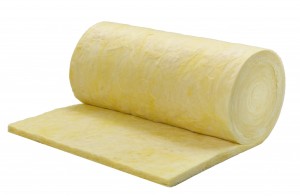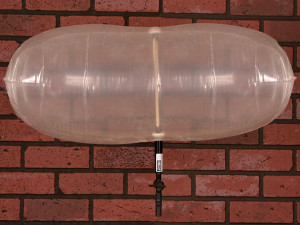Continuing on from the blog last week, discussing some of the early feedback on the Green Deal, I want to look at some of the misconceptions people can have when considering energy efficiency improvements. These can stem from a variety of sources, for instance: out of date knowledge on certain technologies, biased opinion from contractors selling their products, and in some cases just uncorrected assumptions from the home owner. It is of course important for a Green Deal advisor to try and clear up these misconceptions, and allow the home owner an unbiased and straight-forward explanation of energy efficiency measures and here are some common examples:
Walls, Roofs, Windows and Doors Energy Misconceptions
- One important point is to remember that some of the larger, more expensive improvements are not necessarily the best ways to save money or improve efficiency. And some of the smaller scale, simpler improvements can make potentially a bigger difference. Double glazing seems to be a great example of this. In most homes, insulating the loft or rafters under the roof will make a bigger difference (and cost significantly less), than getting expensive double glazing – although there are of course other reasons for getting double glazing installed, such as its acoustic insulating ability.
- Walls are another area of the home that people are often ignorant about. Some people may suggest that a thick wall means better efficiency, however that is not necessarily the case. Brick is a poor insulator and therefore thickness is not particularly important. The construction of the walls however is very important, and older solid wall properties will lose much more heat through the wall than a more modern cavity wall. Often people are confused over cavity walls and insulation – cavity walls are only insulated once they have been filled, even though an uninstalled, unfilled cavity is more energy efficient than a solid wall.
- Draughts really do make a big impact on the efficiency of a home. Most heating in homes is in the form of convection space heating, so the radiator (or convection equivalent) warms the air. The problem is air has a very low thermal capacity, so a cool draught will very quickly remove the heat from the air. Getting draught proofing for doors and windows and ensuring fireplaces are properly draught-proofed is essential, and costs very little in comparison to savings made, potentially paying back in a couple of years or less.
- Thickness of loft insulation is also important, and the building regulations for the recommended thickness seem to be continually changing. Even if your loft was insulated 5 years ago, it is very likely that more insulation will be required, as it is now recommended to install loft insulation to a thickness of 270mm or more.
Boilers and Hot Water Tanks Energy Misconceptions
- The hot water tank jacket is an often overlooked piece of insulation, yet can repay itself in a year in some instances. Confusion can arise over the spray foam often factory applied to the tank. In many cases this is not very thick, and a simple wrap-around jacket can save money.
- Water saving measures like shower heads, cistern displacement devices, shower timers and tap aerators all help reduce water and heating bills. For those on water metres there is a double saving to be made, as these measures help reduce the hot water used (and thus heating bills) and the will also reduce the volume of water used.
- A new boiler can be very expensive and in some cases not necessary. Getting a highly efficient boiler when the house is poorly insulated will often make less of a difference than getting walls and roof spaces properly insulated.
- Further, heating controls are also very important. Without being able to control room temperatures and set timers, much energy is needlessly wasted. Those without sufficient controls often leave the heating on too long, and end up needing to open a window to let the heat out, or forget to turn the hot water off. Without individual room controls, rooms not in use or not in need of heating get unnecessarily overheated, and waste valuable energy.
Habits and Lifestyles
- People today are often aware that they can save energy from certain simple measures. Many of which require little or no cost, but they are often not aware that these measures can add up to create big savings.
- Common examples of bad habits widely practiced by the public include: leaving lids off whilst cooking on the hob, overfilling the kettle, and leaving appliances on standby. The cumulative effect of the dozens of household appliances with stand-by modes left on continuously has a huge effect on electricity bills.
A final Point
Another point that has been stressed in previous blogs is that halogen bulbs are not low energy! They are in fact very inefficient and switching to LED bulbs will save a lot of money, relative to the cost of the bulbs, also since the last significantly longer (10-20 years longer), you won’t have to get your ladder out every 6 months to replace a blown bulb!









